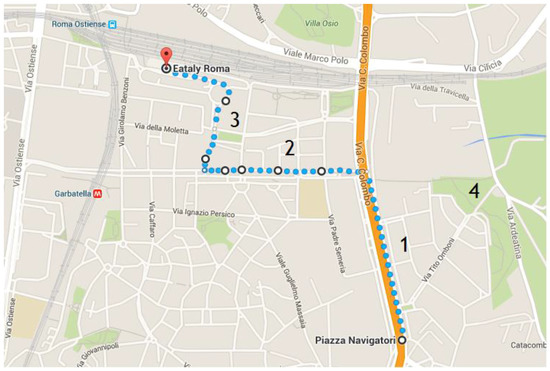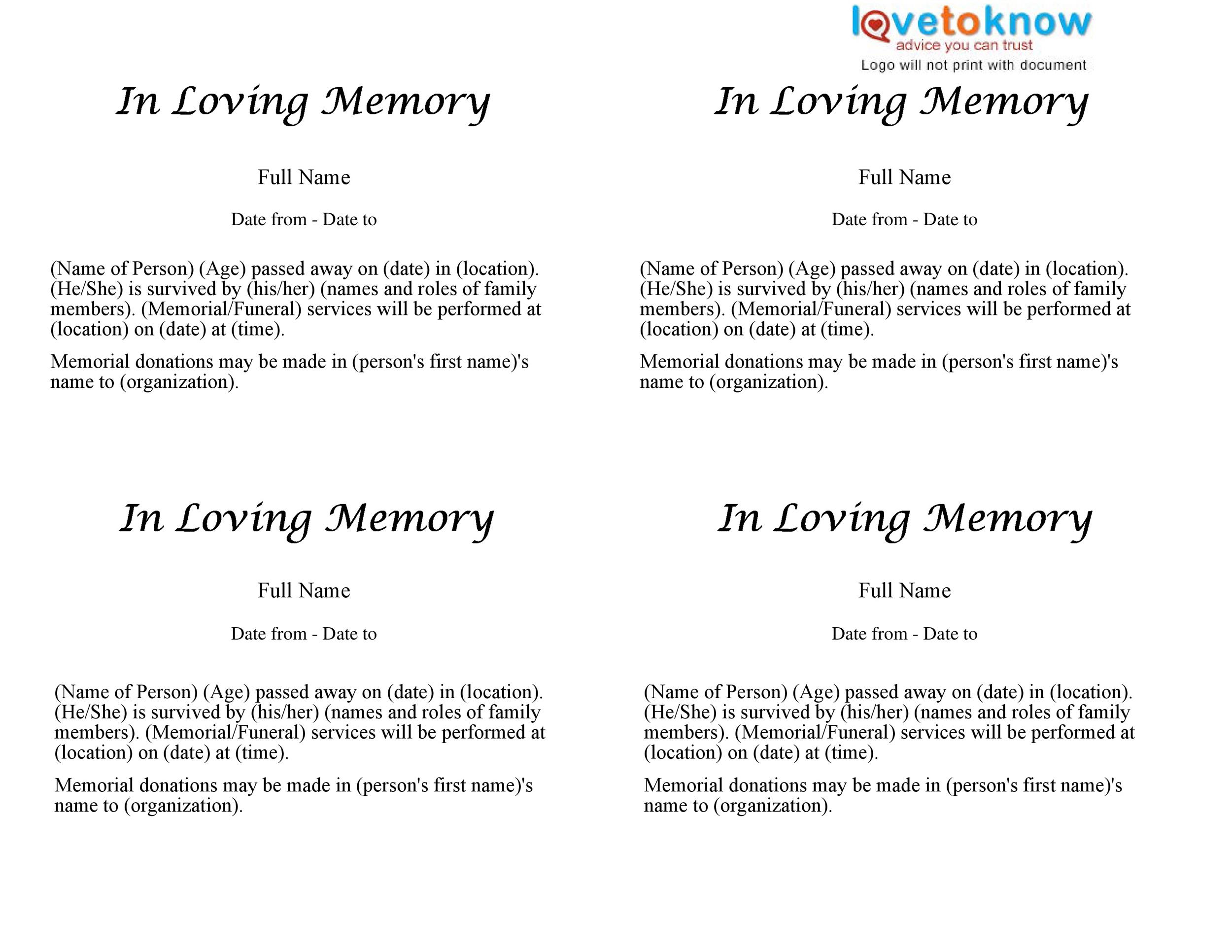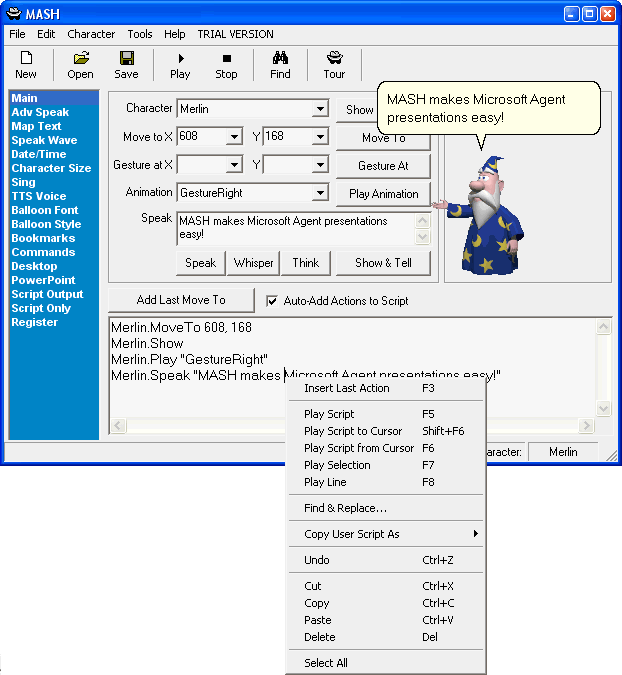Guidelines for Writing an Experiment Design Overview (EDO.
The Experimental Design and Observational Requirements document should include information on all facilities to be involved in the field campaign; not just NSF supported facilities. Also, a description of the research objectives to be satisfied by the deployment of each facility should be included. This section must specify the time period of the field campaign and discuss possible alternate.
Good experimental design is the key to good science. But it's not as easy as it might seem. In many cases good experimental design involves having a clear idea about how we will analyse the results when we get them. That's why statisiticians often tell us to think about the statistical tests we will use before we start an experiment. Three important steps in good experimental design. 1. Define.

To write any research paper, you must first read several published papers. Each type of scholarly article is written in a specific style, and you need to understand and be able to write in that style. Since you are planning to write an experimental report or a lab report, you should read several such published reports. Once you are familiar.

Quasi-experimental research designs, like experimental designs, test causal hypotheses. A quasi-experimental design by definition lacks random assignment. Quasi-experimental designs identify a comparison group that is as similar as possible to the treatment group in terms of baseline (pre-intervention) characteristics.

A quasi-experimental design is similar to experimental, but it is not the same. The difference between the two is the assignment of a control group. In this research, an independent variable is manipulated, but the participants of a group are not randomly assigned. Quasi-research is used in field settings where random assignment is either irrelevant or not required. Learn about: Market.

Pre-Experimental Designs. Pre-experiments are the simplest form of research design. In a pre-experiment either a single group or multiple groups are observed subsequent to some agent or treatment presumed to cause change. Types of Pre-Experimental Design. One-shot case study design; One-group pretest-posttest design; Static-group comparison; One-shot case study design. A single group is.

Experimental design describes the way participants are allocated to experimental groups of an investigation. Types of design include Repeated Measures, Independent Groups, and Matched Pairs designs. Repeated Measures Design. Where the same participants are allocated to all groups (i.e. take part in all conditions) of an experiment.

Teaching the design of experiments and letting students develop their own questions and hypotheses takes time. These materials have been created to scaffold and structure the process to allow teachers to focus on improving the key ideas in experimental design. Allowing students to ask their own questions, write their own hypotheses, and plan.

It is important to understand first the basic terminologies used in the experimental design. Experimental unit: For conducting an experiment, the experimental material is divided into smaller parts and each part is referred to as an experimental unit. The experimental unit is randomly assigned to treatment is the experimental unit. The phrase “randomly assigned” is very important in this.

The scientific method is a plan that is followed in performing a scientific experiment and writing up the results. It is not a set of instructions for just one experiment, nor was it designed by just one person. The scientific method has evolved over time after many scientists performed experiments and wanted to communicate their results to other scientists.

In the experimental design, the subjects are randomly allocated to experimental and control groups. The study has external validity and therefore its results can be generalized to other workplaces. The outcome measurement with acceptable reliability and validity should be appropriate to the objective of the intervention. Qualitative data can be used to supplement quantitative data. Diffusion.

How to Design and Report Experiments. is the perfect textbook and guide to the often bewildering world of experimental design and statistics. It provides a complete map of the entire process beginning with how to get ideas about research, how to refine your research question and the actual design of the experiment, leading on to statistical procedure and assistance with writing up of results.

It is how to write an experimental design proposal challenging to find a free plagiarism checker for teachers and students, which is not just free but also proves to be the best because the software that works behind plagiarism checker is costly to develop.MHR Writer advertises itself as a service that can provide written how to write an experimental design work for all kinds of tasks, such as.



